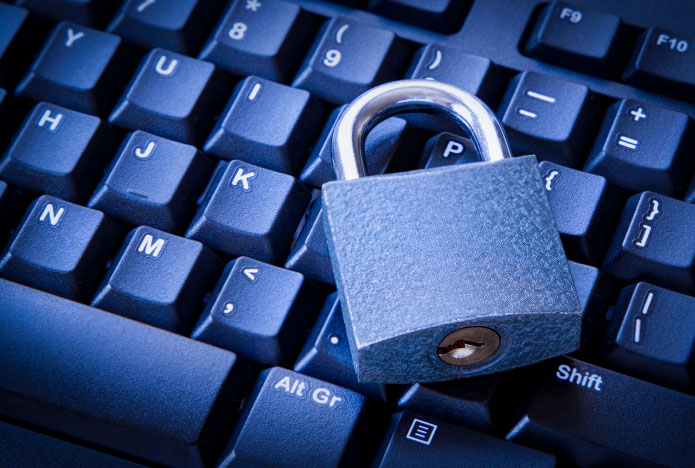Cybersecurity is constantly evolving, driven by technological advancements and increasingly sophisticated digital threats. In 2025, organizations face an even more challenging landscape, where hackers use artificial intelligence to exploit vulnerabilities in record time, with digital identities becoming prime targets. In this scenario, the question is clear: how can companies not only protect themselves but also thrive in such a dynamic environment?
“Unfortunately, Brazil is already among the top targets for hackers worldwide. Recent data from Check Point Research shows that attacks in the country continue to grow, and the bad news is that the level of cybersecurity maturity for most Brazilian companies is still very low,” warns Thiago Tanaka, cybersecurity director at TIVIT, a Brazilian multinational that connects technology for a better world. “In 2025, it will be essential to operate with greater cyber resilience, which includes protecting access, investing in proactive solutions, keeping software updated, and training teams to identify and mitigate threats.”
With the growth of artificial intelligence (AI) and automation, cybercriminals are becoming more skilled. The use of AI in cyberattacks is enabling the creation of more sophisticated and harder-to-detect threats. A significant increase in the frequency and complexity of cyberattacks is expected in the coming years. This means businesses need to rethink their security strategies and adopt more advanced solutions.
The report Cybersecurity Forecast 2025, produced by Google, states that AI will be one of the main risk vectors in the coming year. Its application will facilitate the creation of new forms of phishing, social engineering attacks, and deepfakes, which can be used for identity theft. The report also points out that ransomware will continue to be a disruptive threat, now with more elaborate extortion tactics, such as threats of leaking sensitive data and operational disruptions.
Other trends and threats mentioned in the report include: the democratization of hacker tools (subscription-based attack services are lowering the entry barriers for less experienced criminals); vulnerabilities being exploited in record time (this acceleration requires companies to act proactively to mitigate risks and protect their systems before they become targets); attacks on identities and hybrid environments (with the expansion of hybrid work, compromised digital identities are becoming one of the main attack vectors).
As the cyber threat landscape becomes more complex, it is increasingly necessary for companies to implement security from the outset of their systems and applications development. With rapid technological evolution and ongoing digital transformation, security must be considered from the architecture of solutions, not just as a ‘fix’ after implementation.
Tanaka emphasizes that the best alternative to reduce the chances of attacks is through the adoption of preventive measures, combined with robust, adaptable, and collaborative strategies:
- Strengthen AI-based monitoring: artificial intelligence solutions can detect anomalous patterns and respond to threats in real time. Integrating AI tools into defense systems should be a priority.
- Implement the Zero Trust Model: the ‘zero trust’ concept minimizes the risk of unauthorized access by applying continuous authentication and network segmentation, ensuring that only authorized users and devices can access critical data.
- Invest in digital identity protection: with identities being one of the biggest vulnerability points, technologies like multi-factor authentication and identity management (IAM) are essential to reduce risks.
- Regularly update infrastructure and training: ensuring systems are always up-to-date and employees are regularly trained helps mitigate social engineering attacks and exploitable vulnerabilities.
“Companies need to see cybersecurity not as a cost but as a strategic investment capable of generating competitive advantage. It is a critical differentiator to ensure business continuity in a landscape of growing threats. At TIVIT, our commitment is to deliver solutions that seamlessly integrate with our clients’ operations, allowing them to focus on business growth without concerns about cyber risks,” highlights Tanaka. “We are prepared to face the challenges of 2025 with a robust and proactive approach, based on our expertise in managed security services, 24/7 monitoring, and AI-driven protection.”
We have a monitoring, detection, and response framework with the most modern tools and a team of professionals ensuring highly effective information security coverage. The cost of using this framework for our clients is infinitely lower than what a company would incur if it decided to establish its own organization. This study can and should be applied before deciding to maintain an in-house cybersecurity structure. In any case, whether with an internal structure or a cybersecurity services company, it’s not worth taking the risk.


